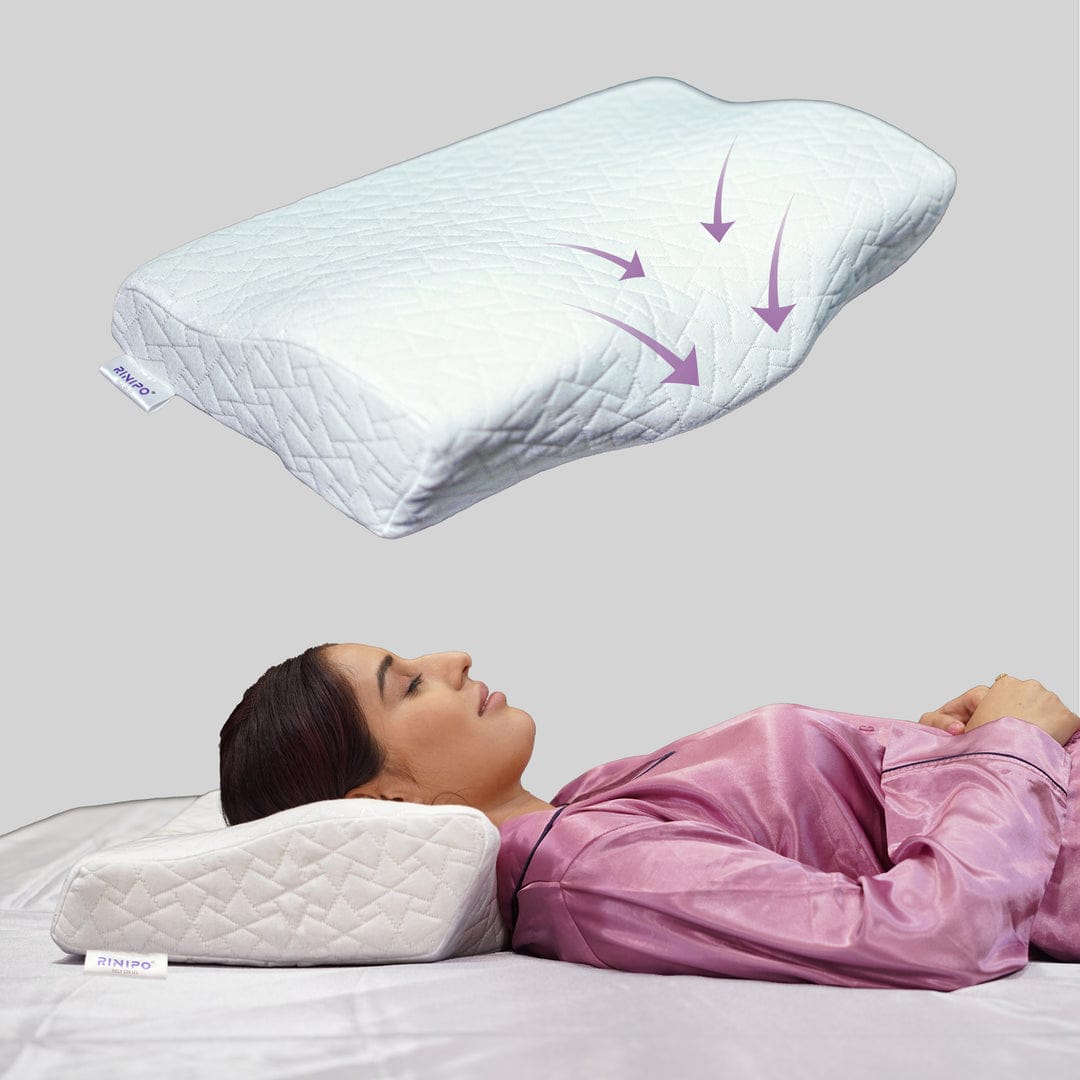
The Science Behind Memory Foam: Why It’s the Best Choice for Comfort
Share
Introduction
When it comes to getting a good night's sleep or enjoying ultimate comfort, memory foam has become the go-to material for mattresses, pillows, and even furniture. But what makes memory foam so special? Why does it conform to the body in a way that no other material does? The answer lies in the science behind its design. The origin, Compositions, Prons, and applications of memory foam will be covered in this blog, along with why it is the best choice for comfort.
The History of Memory Foam
NASA first developed memory foam in the 1960s to improve the comfort and safety of aircraft cushions. It aimed at creating a product that would disperse pressure and be more supportive. It generated an open-cell polyurethane foam with a uniform weight distribution and an ability to adapt to shapes.
With time, this technology found its way to the medical world for the cushioning of bed and wheelchairs. It eventually found its way into the consumer market, where it changed everything in the bed business. These days, memory foam can be found in a variety of goods, including shoes, seat cushions, pillows, and beds.

The Science Behind Memory Foam
Structure and Organization
Typically, memory foam is made of polyurethane, a polymer to which additional chemicals are added to improve its viscosity and density. Memory foam's characteristic ability to react to pressure and heat is a result of its unique structure.
Viscosity and Elasticity
Memory foam is also referred to as viscoelastic foam, being both viscous (slow moving when under pressure) and elastic (capable of returning to its original state). This viscosity and elasticity enable the material to shape itself around the body and spread weight evenly, redistributing pressure points.
Heat Responsiveness
One of the characteristics that define memory foam is its responsiveness to body heat. When it is warmed, the foam softens and conforms to the shape of the body. This is what makes memory foam mattresses feel like they are "hugging" the body.
Relief of stress
People who suffer from back difficulty, pain in their joints, or spend a lot of time in bed can benefit from the material's uniform weight distribution, which lessens pressure on the body.

Advantages of Memory Foam
1. Great Comfort
Memory foam is one of the most comfortable materials available because of its ability to conform to the shape of the body. Throughout the night, memory foam provides consistent support and relieves points of pressure.
2. Spinal Alignment and Support
Unlike mattresses that are conventionally designed, memory foam provides optimal spinal alignment by preserving the natural curve of the spine. Memory foam is highly indicated for persons with chronic pain disorders for this reason, among others.
3. Motion Isolation
Motion transfer can be significantly reduced with memory foam. This implies that if one person moves in bed, the other person is less likely to notice, resulting in a restful night's sleep.
4. Durability and Longevity
Memory foam mattresses and pillows are known for their durability. High-quality memory foam can last for many years without losing its shape or support.
5. Hypoallergenic Properties
Memory foam is a great choice for those who suffer from allergies or asthma because it is resistant against dust particles and other allergens. Because of its high density framework, pollen cannot build up and create respiratory issues.
6. Customization Options
Because memory foam comes in a variety of patterns, thicknesses, and firmness's, customers can choose the one that best suits their needs.

Uses of Memory Foam
1. Mattresses
Memory foam mattresses are one of the most sought-after sleeping surfaces because of their pressure-relieving capabilities and motion isolation. They come in various densities and firmness levels.
2. Pillows
Superb head and neck support from memory foam pillows lowers tension and ensures proper spinal alignment.
3. Furniture
For added comfort and support, memory foam is used in office chairs, recliners, and couches.
4. Medical Applications
In order to prevent bedsores and provide patients with comfort, hospitals and healthcare facilities use memory foam for seat cushions and pressure-relieving mattresses.
5. Footwear
Memory foam is a popular choice for athletic and orthopedic shoes because it provides support and cushioning when applied to shoe insoles.
Selecting the Appropriate Memory Foam Product
When purchasing a memory foam mattress or pillow, the following should be taken into consideration:
Density: Longer-lasting and more supportive foam has a higher density.
Firmness Level: Choose a firmness level based on your sleeping posture and personal preferences.
Cooling Features: Certain memory foam products include gel or cooling features to offset heat retention.
Certifications: To ensure the foam is chemical-free, look for CertiPUR-US® and comparable certifications.
Memory foam has revolutionized the way we feel comfort and support. Because of its viscosity characteristics that conforms to the body to minimize movement distribution, relieve strain marks, and to preserve its spinal alignment. If you're seeking a quality mattress, a comfortable pillow, or even shoes that are comfortable to wear, memory foam is the best option to use for optimal comfort.
Choosing a memory foam product will considerably improve your quality of life by promoting better sleep and overall wellbeing. Now might be the perfect time to get foam with memory if you haven't heard about its many advantages yet!
